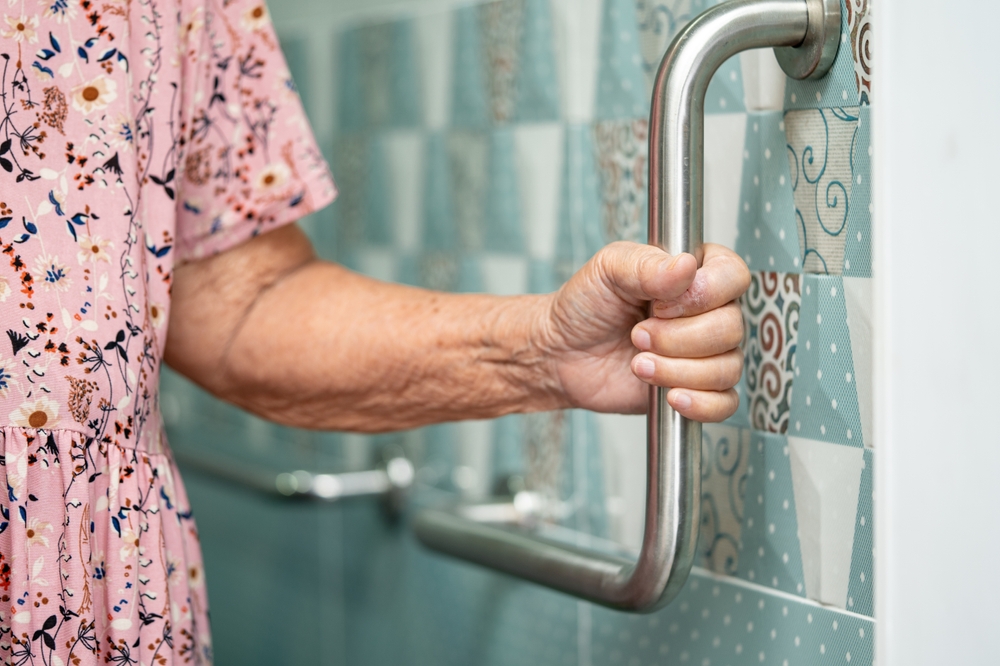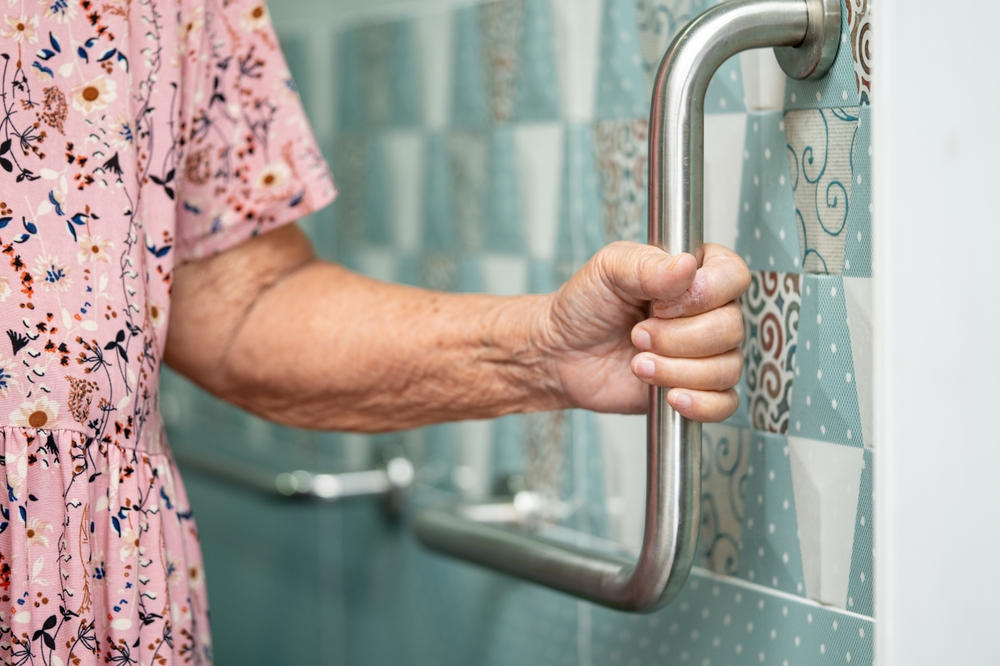As we age, maintaining independence and safety becomes a top priority. One of the simplest yet most effective ways to promote safety for seniors is by installing safe handrails in the home. These handrails provide crucial support and stability, helping prevent falls and ensuring that seniors can move around their homes with confidence. In this article, we will explore the importance of safe handrails for seniors and provide guidance on how to choose and install them effectively.

Why Are Safe Handrails Important for Seniors?
The primary purpose of safe handrails is to provide physical support that helps prevent falls, which are a leading cause of injury among seniors. With age, balance and strength can decline, making everyday movements like climbing stairs or getting in and out of the shower more challenging. Properly installed handrails offer a reliable point of support, reducing the risk of falls and enhancing mobility.
Key Benefits of Installing Safe Handrails
- Enhanced Safety: Handrails provide a secure grip that helps prevent slips and falls.
- Increased Independence: Seniors can navigate their homes with greater confidence.
- Peace of Mind: Family members and caregivers can feel more at ease knowing their loved ones are safer.
Where to Install Handrails in the Home
Identifying key areas of the home where handrails are needed is crucial for maximizing safety. Common locations include:
Staircases
Staircases are one of the most common places for falls. Installing handrails on both sides of the staircase can provide support for seniors as they ascend or descend. It’s important to ensure that the handrails are at the right height and are securely fastened.
Bathrooms
Bathrooms can be particularly hazardous due to their slippery surfaces. Installing grab bars and handrails in the shower, near the toilet, and by the sink can greatly enhance safety. Consider using materials that are resistant to rust and water damage.
Hallways and Entryways
Long hallways and entryways can benefit from handrails to provide support as seniors move through these spaces. This is particularly important if the floors are uneven or if there are steps to navigate.
Choosing the Right Handrails
Selecting the right handrails involves considering a few key factors:
Material
Handrails come in a variety of materials, including wood, metal, and plastic. Each material has its own advantages and drawbacks. For example, metal handrails are durable and easy to clean, while wooden handrails offer a more traditional look. Consider the specific needs of the senior and the overall aesthetic of the home when making a choice.
Design
The design of the handrail should be comfortable to grip and should not have sharp edges. Ergonomic designs are available that provide a more secure grip, which can be particularly helpful for seniors with arthritis or limited hand strength.
Installation
Proper installation is critical to the effectiveness of handrails. They must be securely fastened to the wall and able to support the weight of an adult. It’s advisable to hire a professional to ensure that the handrails are installed correctly and meet safety standards.
Additional Safety Measures
While handrails are an essential component of home safety for seniors, they should be part of a broader strategy to create a safe living environment. This can include:
- Removing tripping hazards such as loose rugs and clutter.
- Improving lighting throughout the home to prevent falls.
- Installing non-slip flooring in potentially wet areas like bathrooms and kitchens.
Conclusion
Installing safe handrails for seniors is a simple yet highly effective way to enhance safety and independence at home. By carefully selecting the right handrails and ensuring they are properly installed, families can provide their loved ones with the support they need to move around confidently and safely. For more tips on creating a safe home environment for seniors, check out this guide on living room fall prevention.

FAQs
What are the best materials for handrails in bathrooms?
Metal and plastic handrails are often recommended for bathrooms due to their resistance to moisture and rust. They are easy to clean and maintain, ensuring longevity and safety.
How high should handrails be installed?
Handrails should typically be installed at a height of 34 to 38 inches from the floor. This range is considered optimal for providing support to most adults.
Can I install handrails myself?
While some handrails can be installed as a DIY project, it is recommended to hire a professional to ensure they are securely fastened and meet safety standards.
This article contains affiliate links. We may earn a commission at no extra cost to you.






